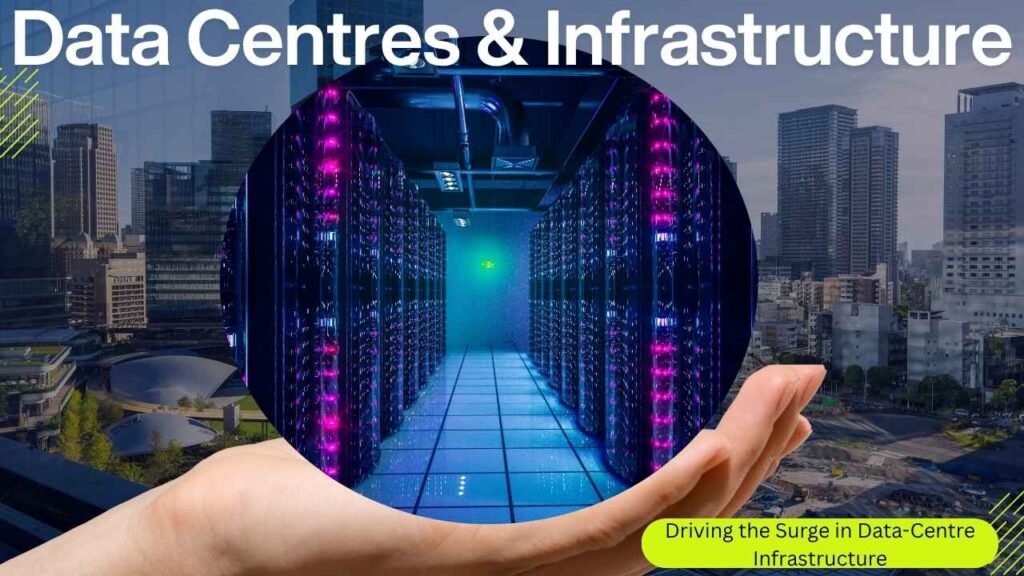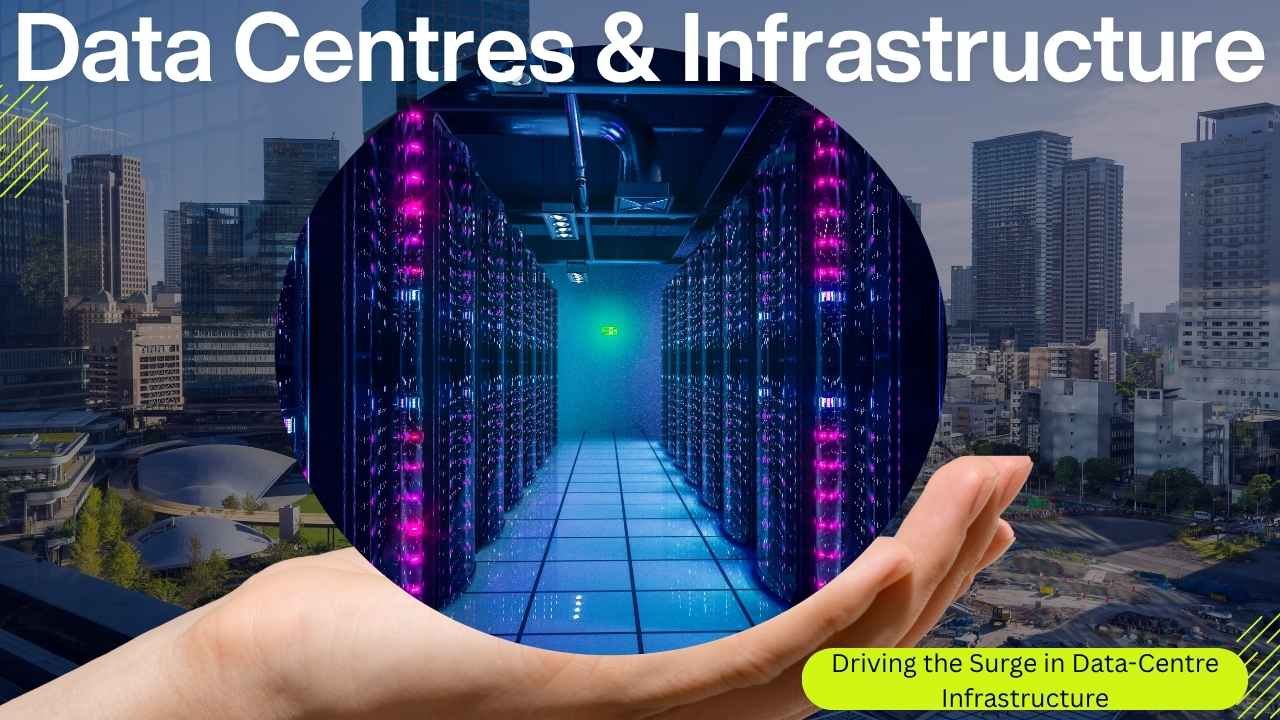Deploying Autonomous Agents and Robotics Together: Case Studies from the USA & the UK
Deploying Autonomous Agents and Robotics Together: Case Studies from the USA & the UK Explore how autonomous agents and robotics are being deployed together in the USA and UK through real-world case studies. Learn about architectures, technologies, applications, challenges, and...




